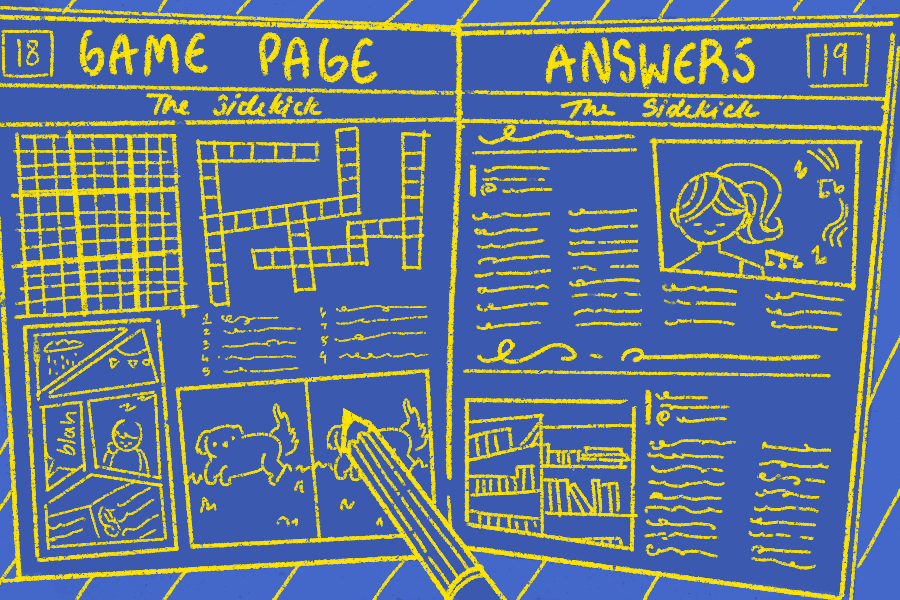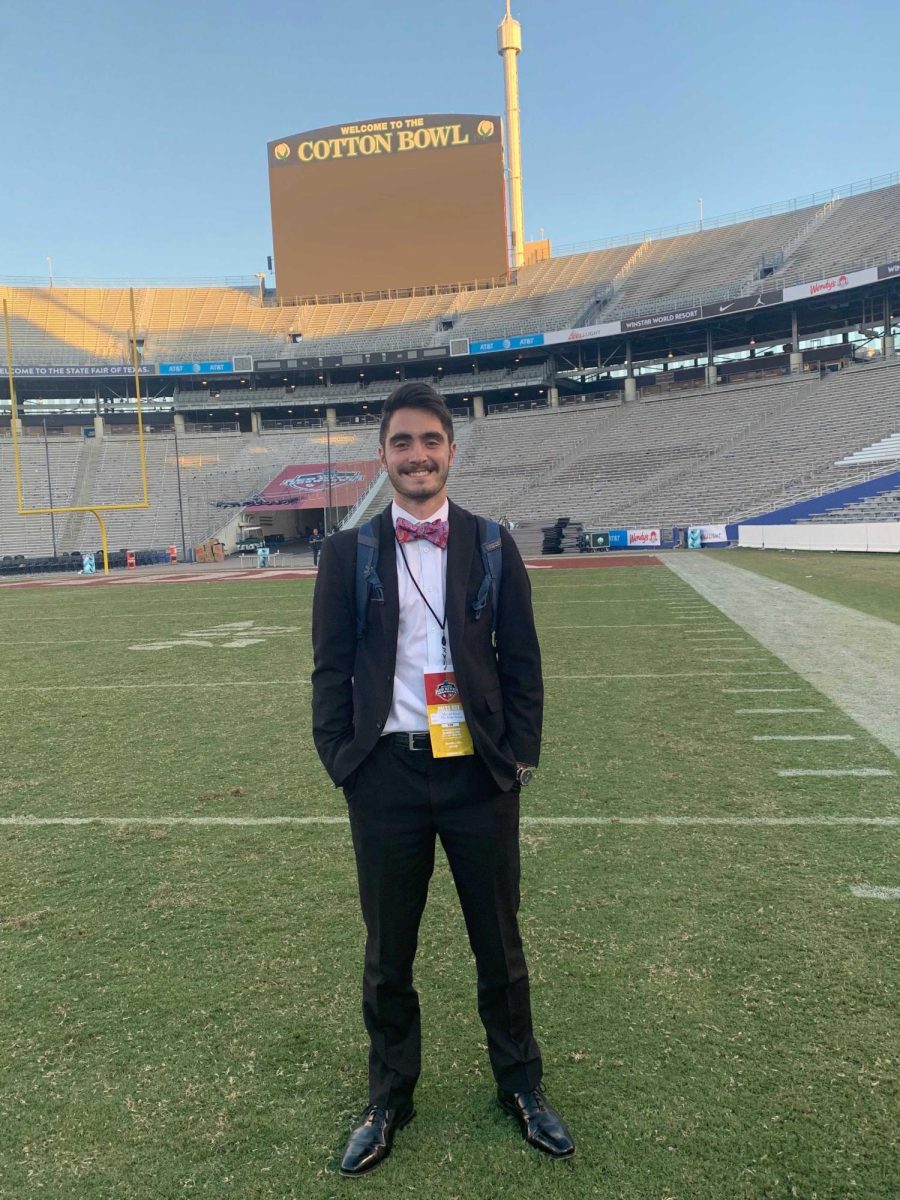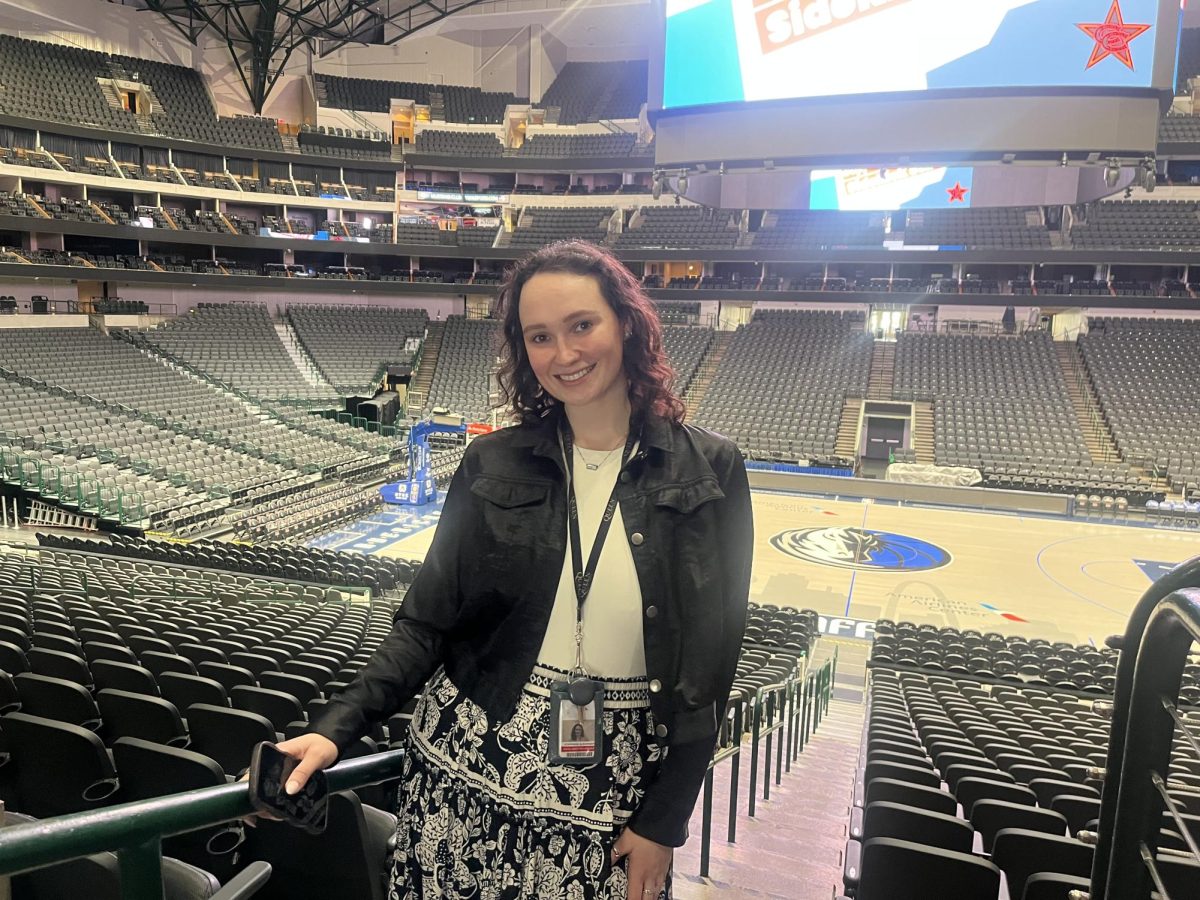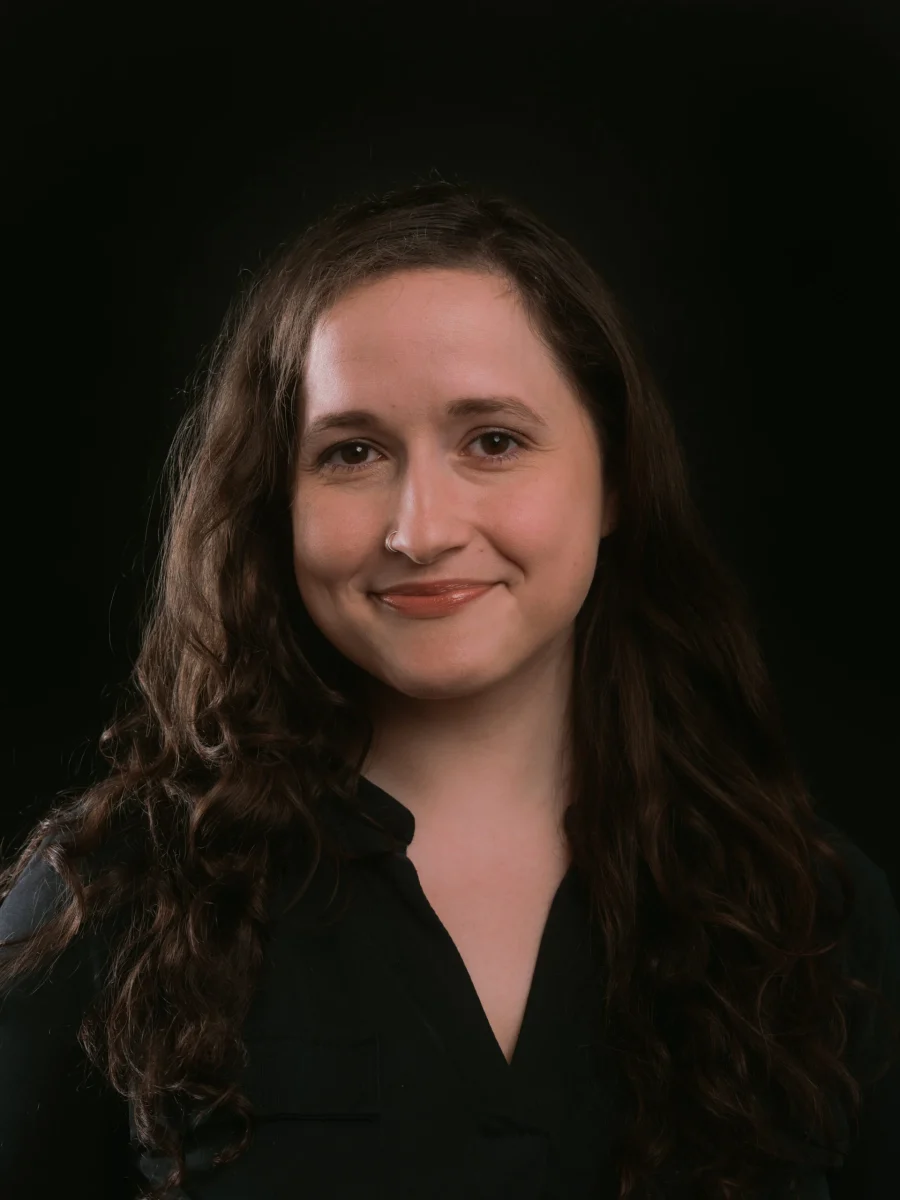Erin Blatney
Staff Writer
Video by Jordan Hagan
When current University of Alabama student and Coppell High School 2007 graduate Morgan Lenoir was taking shelter in the basement of a friend’s house, she had no idea that when she emerged, the town she called home would be hardly recognizable.
“I remember being in the basement and a guy coming down and saying that he had been listening to the radio and the weatherman said something like ‘Oh this is big’ and then the radio cut off. We didn’t know how bad it was until the next day when my friends and I went to try and volunteer,” Lenoir said.
Thousands were left homeless across the state and hundreds were missing among the wreckage. Towns were destroyed and little was left of homes and buildings that once stood.
“We walked a little less than a mile away from my house and saw the destruction. Words can’t describe what it looked like,” Lenoir said. “All you could see for a long way off was rubble.”
During the months of spring, the states located in tornado alley are always on edge, anticipating the news of the next big storm to roll through. This tornado season has been particularly vicious and one of the hardest hit states is Alabama, where homes were wiped out and the death toll rose above 300.
It was April 27 when the tornadoes swept through the South, and during the 24 hours of destruction, a total of 226 tornadoes touched the ground. One of the worst was a mile wide tornado that ripped through Tuscaloosa, Ala., home to the University of Alabama. While the university was spared damage, much of the city did not fare so well.
President Barack Obama visited the state, assuring the people that they would have their town back and the government would help. The Southeastern Conference (SEC) pledged $500,000 to UA in order to help students and faculty at the school who were victims of the tornado.
Federal aid has been promised to the damaged areas and residents have joined in the help as well. It’s only been a little more than two weeks since the tornado hit, but Alabama is slowly starting to pick itself back up again.
“[My friends and I] worked with a church that was accepting donations. We went back to Coppell four days after the storm and a friend and I started to collect donations from our friends and family to take back to Tuscaloosa. We were surprised at how much people were willing to give,” Lenoir said.
Current students were sent home early this year after classes were cancelled. UA graduation was moved from May 7 to Aug. 8. Though incoming fall students weren’t significantly affected by the tornadoes as far as preparing for classes goes, the tornadoes definitely changed the experience they’ll have.
“I’m pretty sure the first day of classes and moving in will be the same, but it’s unfortunate that a lot of the restaurants and fun places around town were destroyed,” senior and future student at the University of Alabama Danielle Herubin said.
It is not just people that are suffering; hundreds of cats and dogs were left without homes and some were separated from their owners when the twisters cut through the state. Some animals are in shelters around the state while others have been sent to shelters in regions unaffected by the weather.
Amid all the destruction, Alabama is able to find a silver lining. The state is looking at this as an opportunity to rebuild its cities. Celebrities, such as country singers Brad Paisley and Taylor Swift, are donating money from single sales to helping with tornado relief.
Celebrities aren’t the only ones that can help though. The Red Cross and FEMA are taking donations to help with the relief efforts and there’s always a need for volunteers as well and hopefully, with some the help, Alabama can recover from the storm.
“Alabama can definitely bounce back,” English teacher and former Alabama resident Brynlea Taylor said. “With all the relief coming in and the communities coming together, Alabama can pick itself back up again.”








